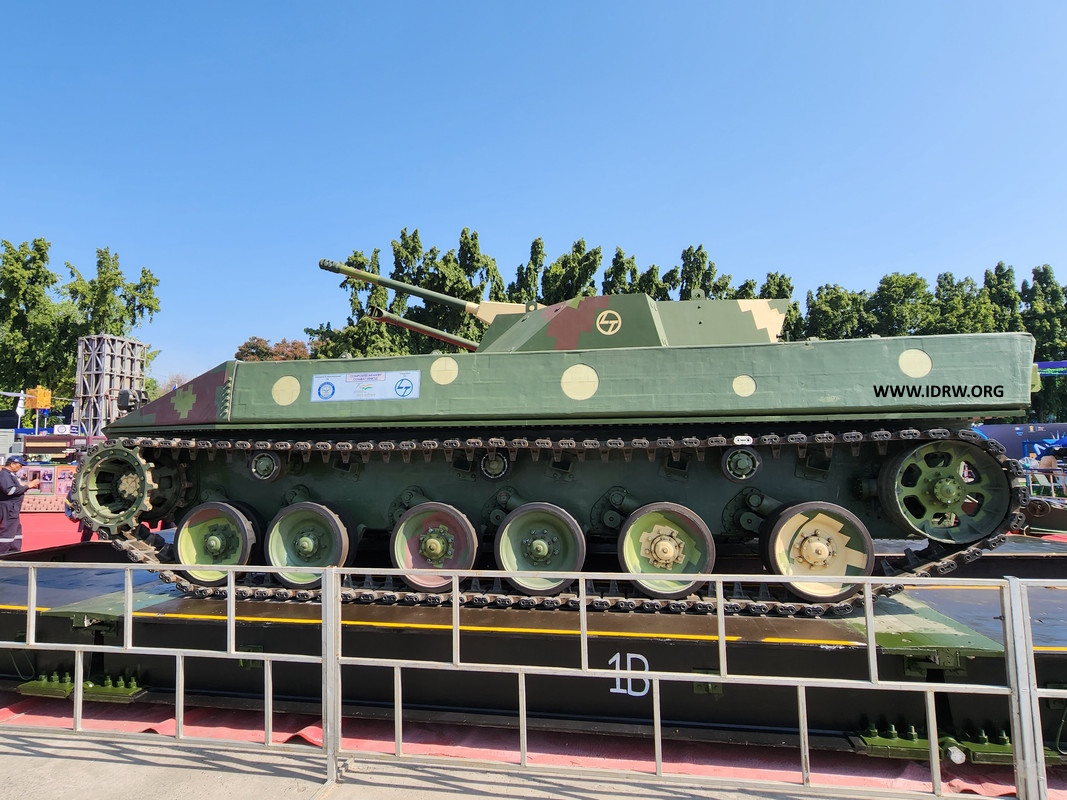SOURCE: RAUNAK KUNDE / NEWS BEAT / IDRW.ORG

The Composites Research Center (CRC) is undertaking an ambitious project to develop a composite hull for an advanced armoured platform, codenamed VIKRAM VT-21. The project aims to evaluate the performance of different composite materials and configurations under shock-loading conditions.
Traditionally, armoured vehicles have relied on steel or aluminium hulls for protection. However, composite materials offer several advantages, including:
- Reduced weight: Composite hulls can be significantly lighter than traditional materials, leading to increased fuel efficiency and manoeuvrability.
- Improved ballistic protection: Certain composites offer superior ballistic protection compared to steel or aluminium, particularly against small arms fire and fragments.
- Enhanced corrosion resistance: Composite materials are less susceptible to corrosion than metals, leading to reduced maintenance requirements and extended service life.
Evaluating Performance under Pressure:
As part of the VIKRAM VT-21 project, the Composites Research Center is focusing on evaluating the performance of composite panels under shock-loading conditions. This involves fabricating panels using different combinations of materials and configurations, including:
- Monolithic composite plates: These plates are made from a single layer of composite material, such as Glass Fiber Reinforced Plastic (GFRP) or Carbon Fiber Reinforced Plastic (CFRP).
- Sandwich panels: These panels are constructed with two composite face sheets bonded to a core material, typically PVC foam.
These panels will then be subjected to rigorous testing under simulated shock loading conditions to assess their resistance to impact and deformation. This testing will provide valuable data for optimizing the design of composite hulls for future armoured vehicles.
Vacuum Assisted Resin Transfer Moulding (VARTM):
The Composites Research Center is utilizing VARTM, a specialized manufacturing technique, to fabricate the composite panels. This process involves placing dry fabric layers in a mould and then injecting resin into the mould under vacuum pressure. VARTM offers several benefits, including:
- High-quality parts: The vacuum pressure ensures that the resin is evenly distributed throughout the fabric, resulting in high-quality parts with minimal voids or imperfections.
- Cost-effective: VARTM is a relatively low-cost manufacturing process compared to other methods.
- Scalable: The process can be easily scaled up to produce large-scale parts for armoured vehicles.
NOTE : Article cannot be reproduced without written permission of idrw.org in any form even for YouTube Videos to avoid Copy right strikes. Websites doing illegal reproductions will get DCMA and Legal Notices.